How Does Energy Work
Vocabulary
Read the vocabulary terms to understand the reading better.
Kinetic Energy
Kinetic energy is the energy an object has because of its motion; more motion equals more kinetic energy (e.g., a pitched baseball has more kinetic energy than a baseball that is rolling slowly).
Potential Energy
Potential energy is the energy an object has due to its position, size, and shape (e.g., a ball that is sitting at the top of a hill has potential energy because it could roll down the hill, but it isn’t).
Mechanical Energy
Mechanical energy is all the energy an object has because of its motion and its position (e.g., a windmill turning in the wind).
Thermal Energy
Thermal energy is energy that comes from heat (e.g., campfire, furnace).
Chemical Energy
Chemical energy is the energy stored in the bonds of chemical compounds; (e.g., food is chemical energy that is converted to mechanical energy by your body to make your body move and work).
You have learned that energy is the ability to do work. You have also learned that energy comes in many forms. Each form of energy is either kinetic or potential. Kinetic energy is the energy of something moving, such as waves, rays, objects, electrons, atoms, molecules, and substances. So blowing wind is kinetic energy. It is also motion or mechanical energy. Potential energy is stored energy. So a battery has potential energy as well as chemical energy.
One very important thing about energy is that it cannot be created or destroyed. So when we use energy, it does not disappear. It just changes from one form of energy to another. An example is when a car engine burns gasoline. The engine changes the chemical energy of the gasoline into motion energy. The motion energy makes the car run. Some of the chemical energy is also changed into thermal energy. That is why a car engine heats up. The chemical energy from the gasoline has been changed to motion energy and thermal energy.

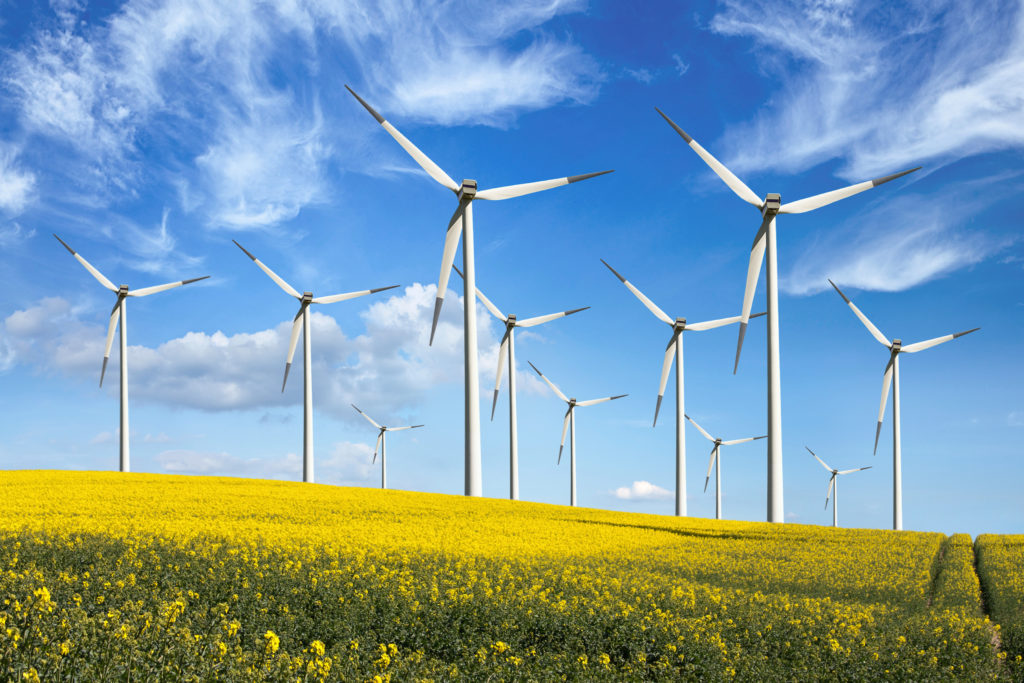
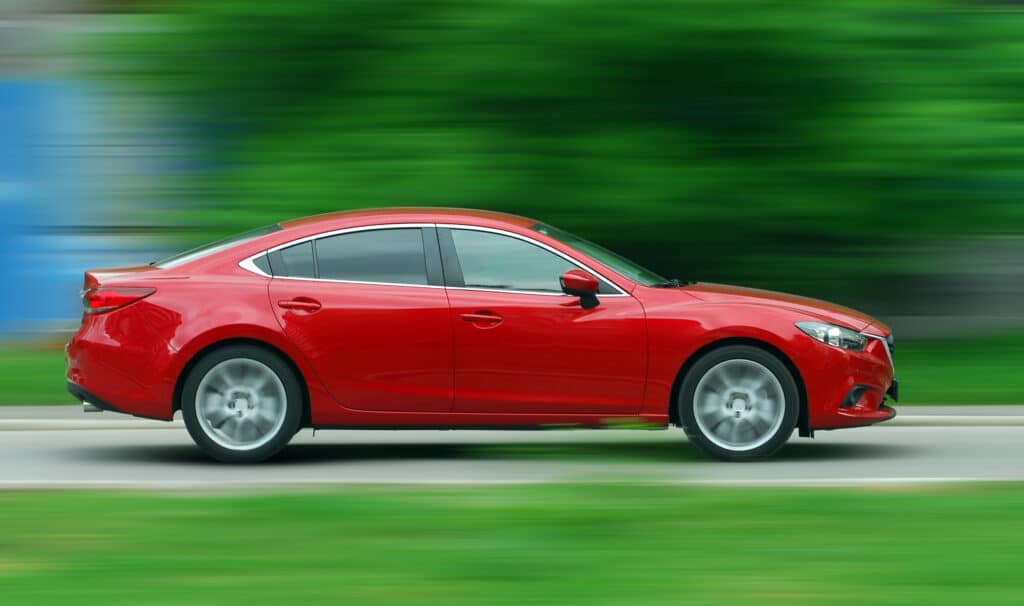
Energy Transformations
When energy changes from one form to another, we call it energy transformation. Here are some examples of energy transformations and their uses:
Television
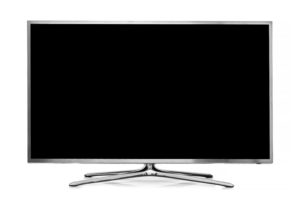
A television changes electrical energy into sound and light energy. As a result, you can see and hear the television shows.
Flashlight Battery
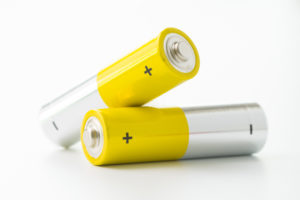
A flashlight battery changes chemical energy into light energy. As a result, you can use the flashlight to see in the dark.
Phone
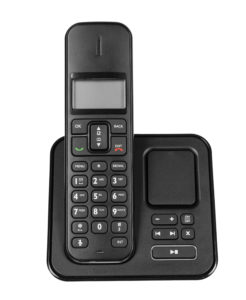
A phone changes sound energy from your voice into electrical energy. This electrical energy is then changed back into sound energy. As a result, the person on the other end of the phone can hear what you said.
Solar Panel
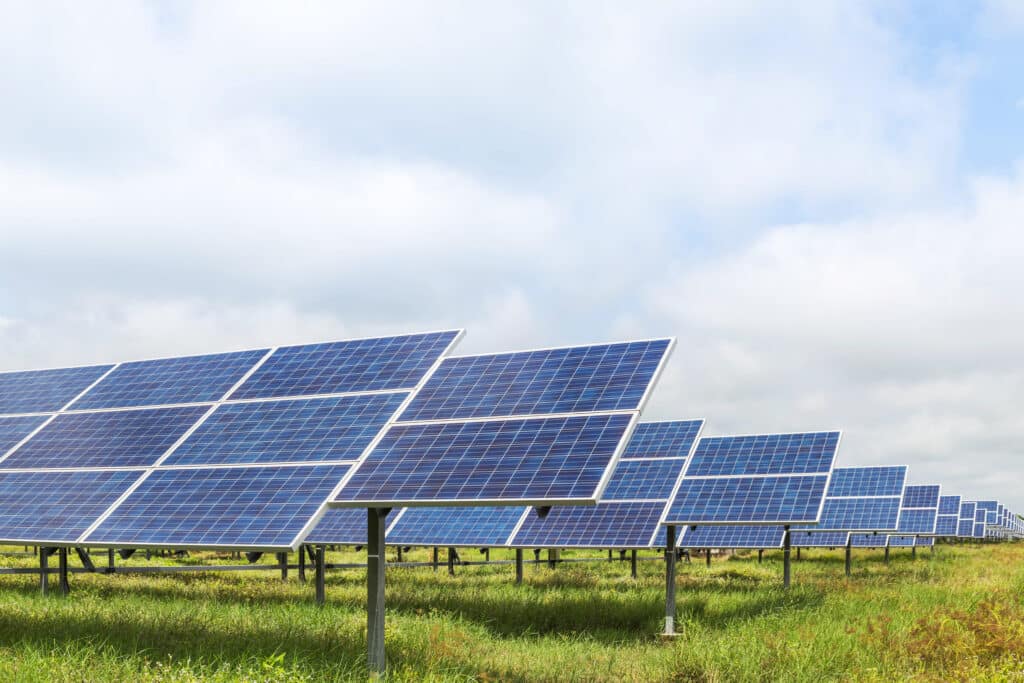
Energy transformations produce useful energy (energy that does work). They also produce wasted energy (usually as heat or sound). Most energy transformations are not very efficient. This means they produce a lot of wasted energy. For example, your body changes the chemical energy in food to motion energy. This gives you the energy to move, breathe, and think. But your body is not very efficient at converting food into useful energy. Your body is less than 5 percent efficient most of the time. The rest of the energy is lost as heat.
Show What You Know!
Complete some questions about the reading selection by clicking “Begin Questions” below.









